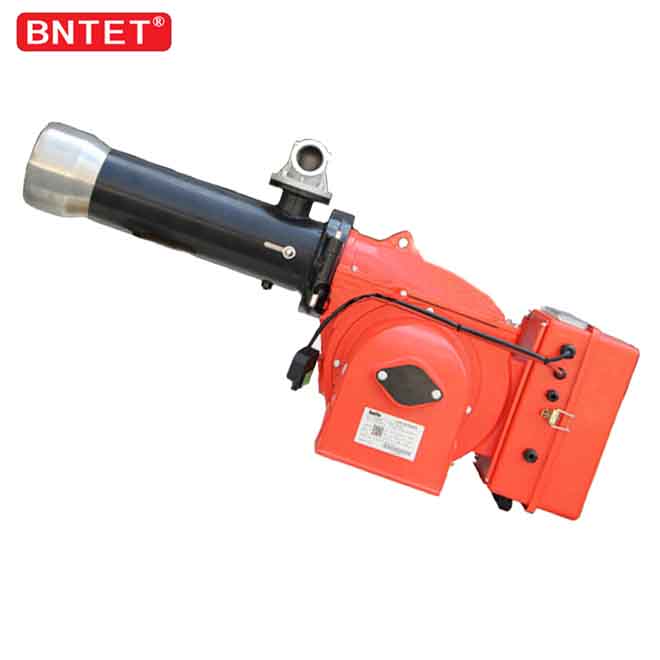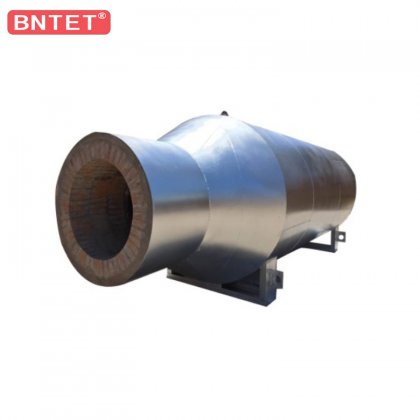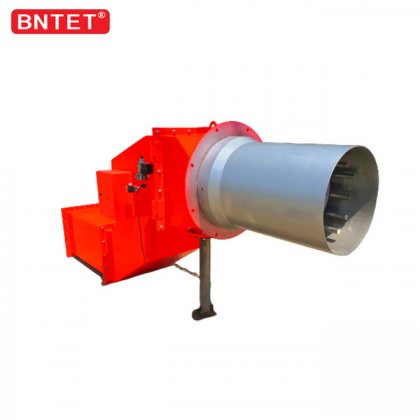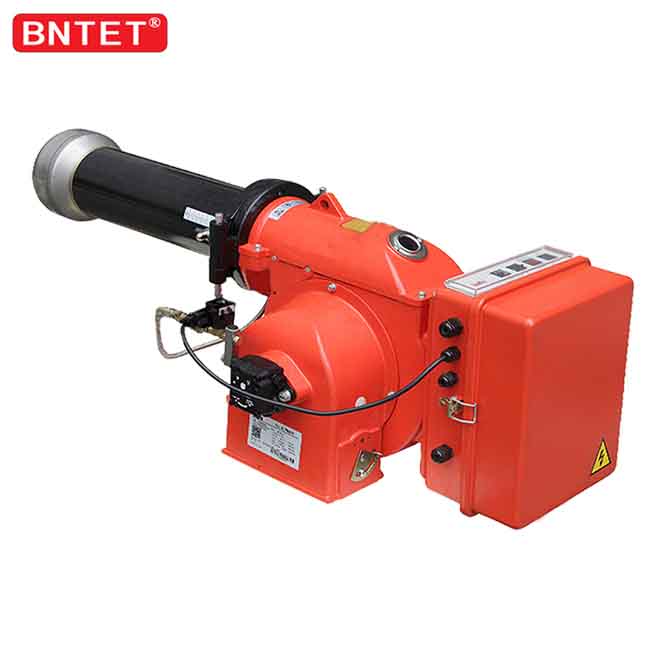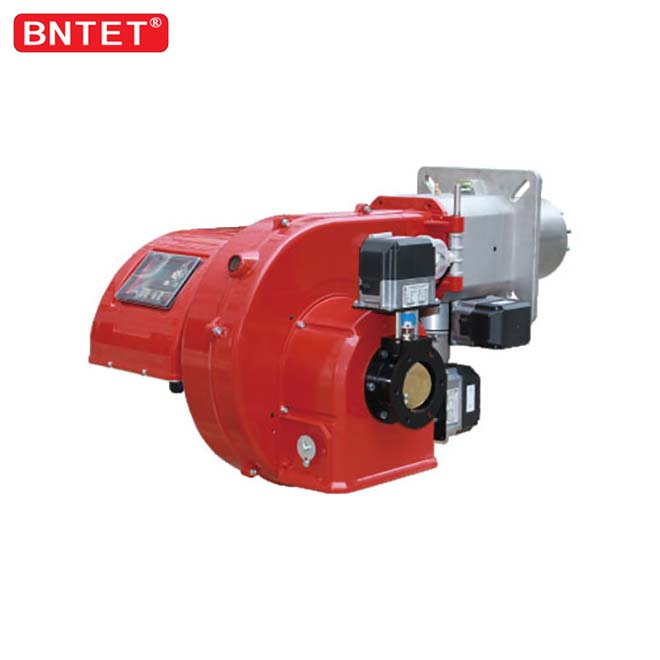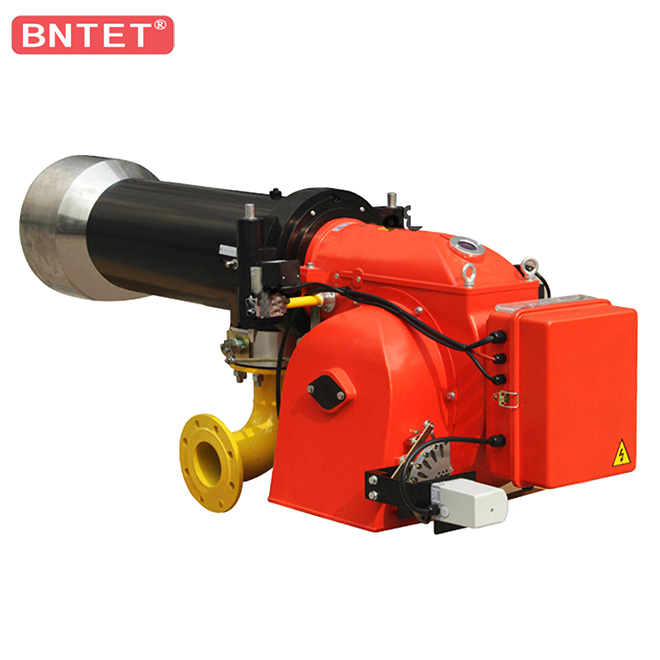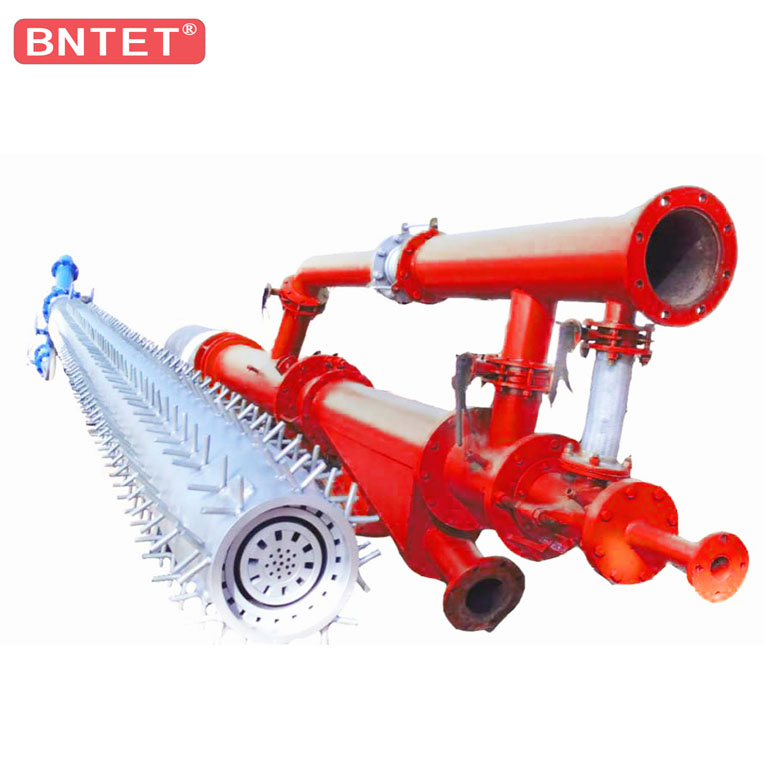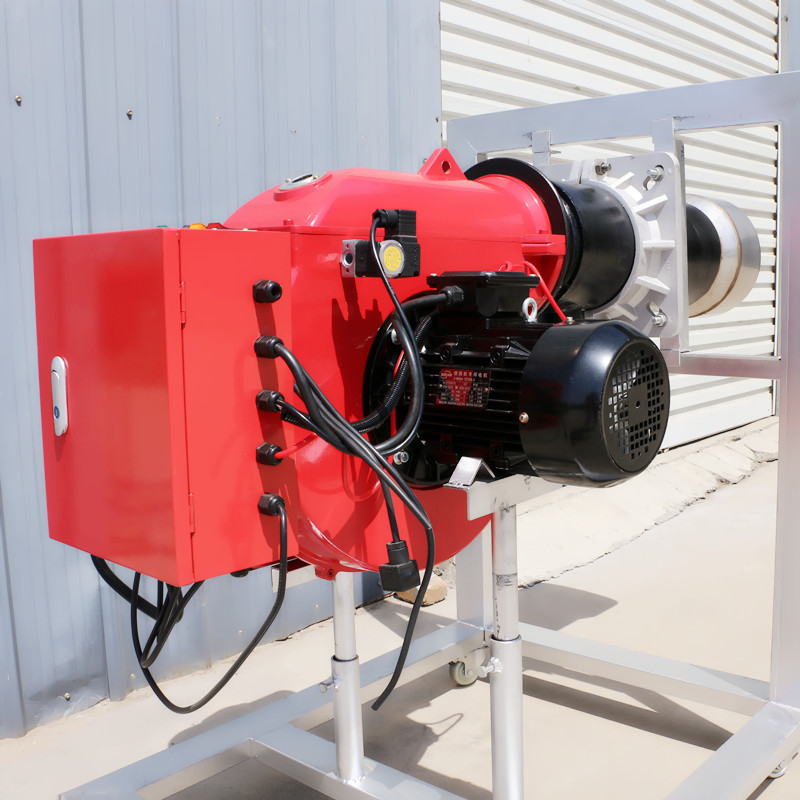
The ways to solve the leakage of oil and gas pulverized coal CWS boiler burner
1. Oil fuel incinerator burner
According to the type of fuel, it is divided into: heavy oil incinerator and light oil incinerator.
2. Gas incinerator burner
According to the types of gas: liquefied gas incinerator, natural gas incinerator, coke oven gas incinerator, blast furnace gas incinerator, producer (cold gas) gas incinerator, hot gas (untreated producer gas) incinerator, chemical combustible Exhaust gas incinerator, biogas incinerator.
3. Oil and gas dual-purpose incinerator burner
A composite incinerator that can burn one kind of oil and one kind of gas.
4. Pulverized coal incinerator burner
The pulverized coal-air mixture (primary air) supplied by the pulverized coal preparation system and the secondary air required for incineration are injected into the furnace at a certain concentration and speed respectively, and stable fire and incineration equipment is realized in a suspended state.
5. Coal water slurry incinerator burner
The concept of a fully active boiler burner is to equip the above types of incinerators with fans, active incinerators, flame detectors, incineration program controllers, fuel control and conditioning equipment (such as solenoid valves, active conditioning valves), and incineration air volume control and conditioning equipment ( Such as active damper, damper conditioner), and then form an intelligent incineration system. The above system is called a fully active incinerator. For example, the burning of ×× kinds of fuel is called a x x fully active incinerator.
Measures to prevent gas leakage incidents: gas leakage includes two aspects, one refers to gas leakage to the environment through the pipeline, and the other refers to gas leakage through the solenoid valve core end facing the furnace. Environmental leakage may cause personnel poisoning and job site blasting incidents, which must be taken seriously. Firstly, ensure that the pipeline is sealed, and regularly check the pipeline for leaks. If the pipeline leaks, it must be swept before it can be used. Secondly, to prevent the gas concentration that may cause poisoning and blasting, the operation site is required to be well ventilated: equipped with permanent ventilation holes and forced ventilation. Equipment; In addition, the work site is required to prevent fireworks and explosion-proof electrical parts. Leaks in the furnace may cause blasting in the furnace. There are three ways to deal with the leakage problem in the furnace: one is to strengthen the pre-blowing time and the amount of blowing to blow or dilute the gas in the furnace; the second is to use two solenoid valves in series for the gas pipeline to improve the safety of the system; the third is to use pipelines Leakage detection equipment detects the gas pipeline before incineration. If the gas leakage reaches a certain amount, the operation of the incinerator will be determined.
When using in winter, proper insulation measures should be adopted for the oil storage equipment and the oil supply and return pipeline system to prevent the oil circuit from being blocked due to freezing. The control circuit of the incinerator shall not be exposed to moisture or high temperature. Please close the incinerator when cleaning the chimney. The motor should be protected from moisture and used in a humid environment. When installing the incinerator, balance should be maintained, and it should be used horizontally or vertically to prevent skewed use. When it is not convenient to directly operate the incinerator, external control switches and electrical protection equipment should be connected. Frequently check whether the connection between the incinerator and its components is firm, whether it is loose, and whether the orientation has changed. When the incinerator starts, take care to prevent accidental flames from hurting people and destroying objects.
